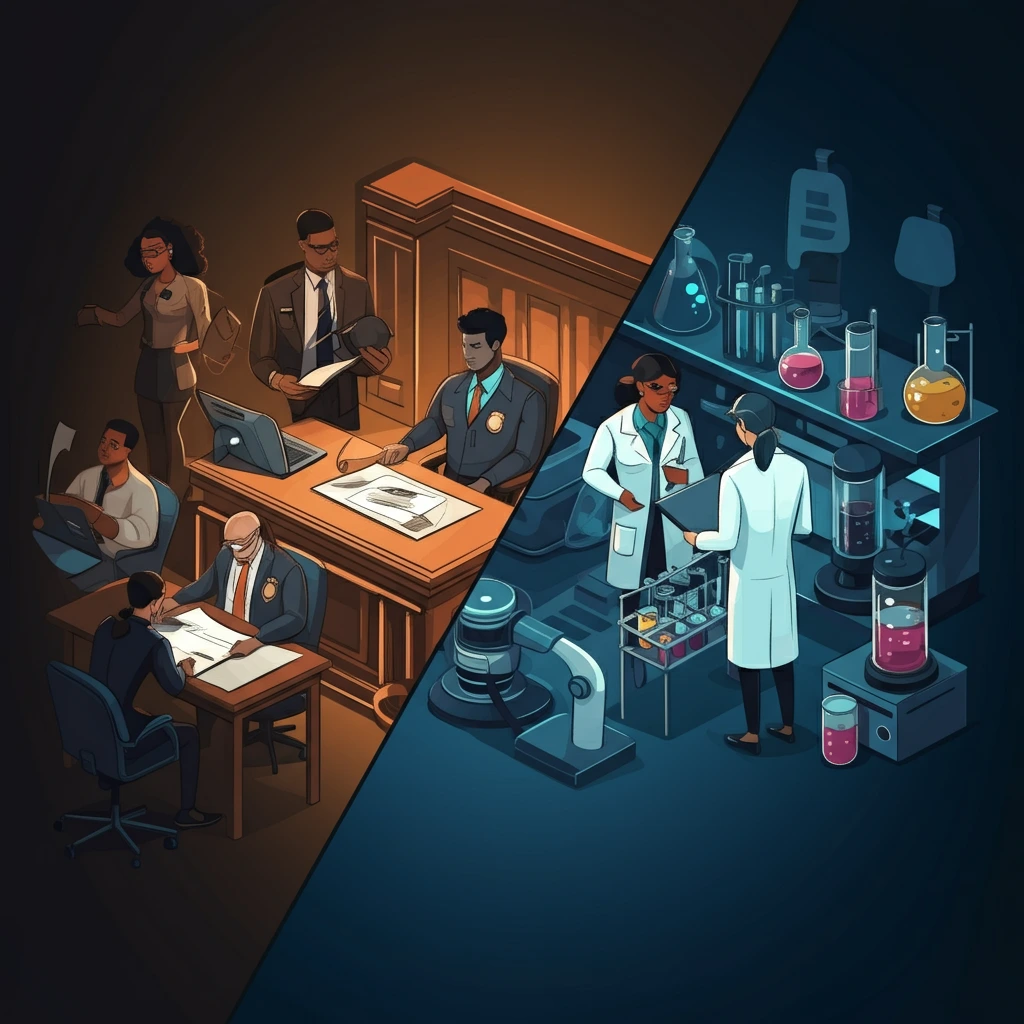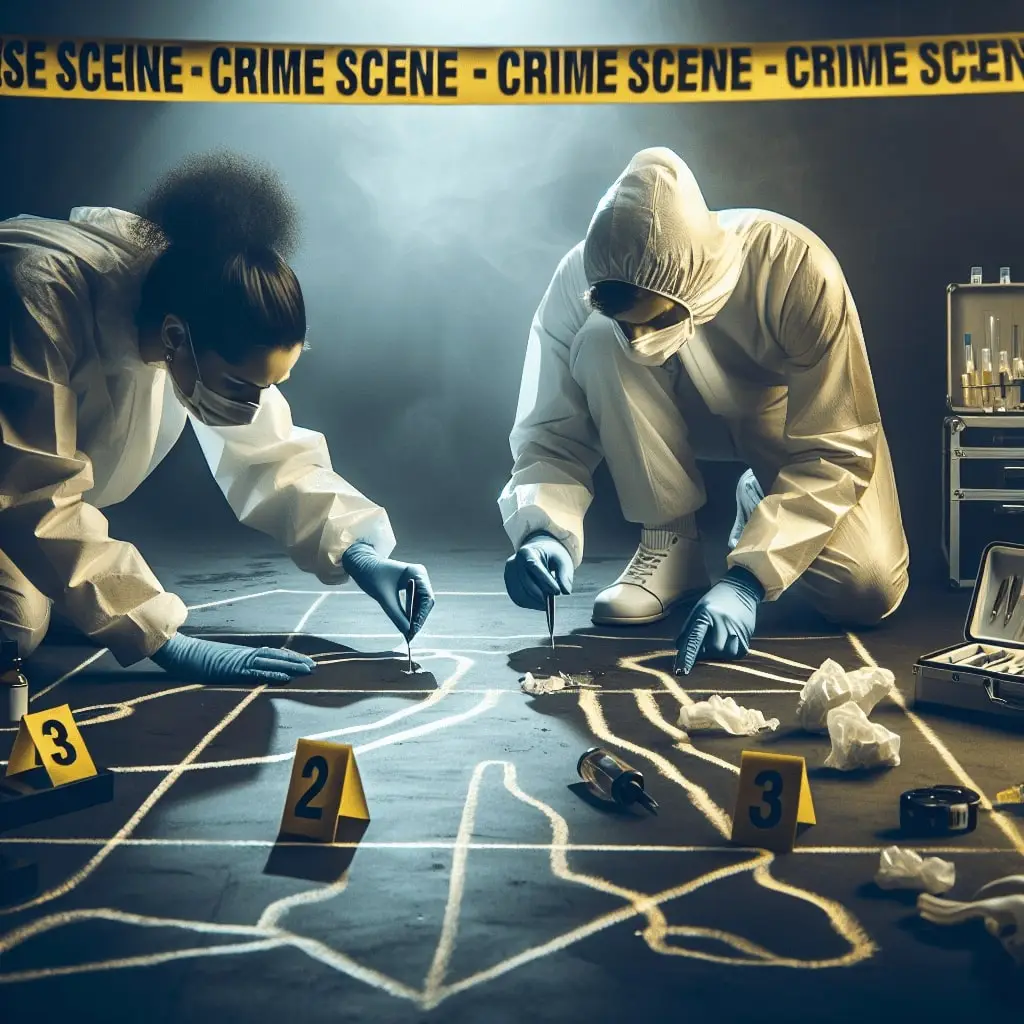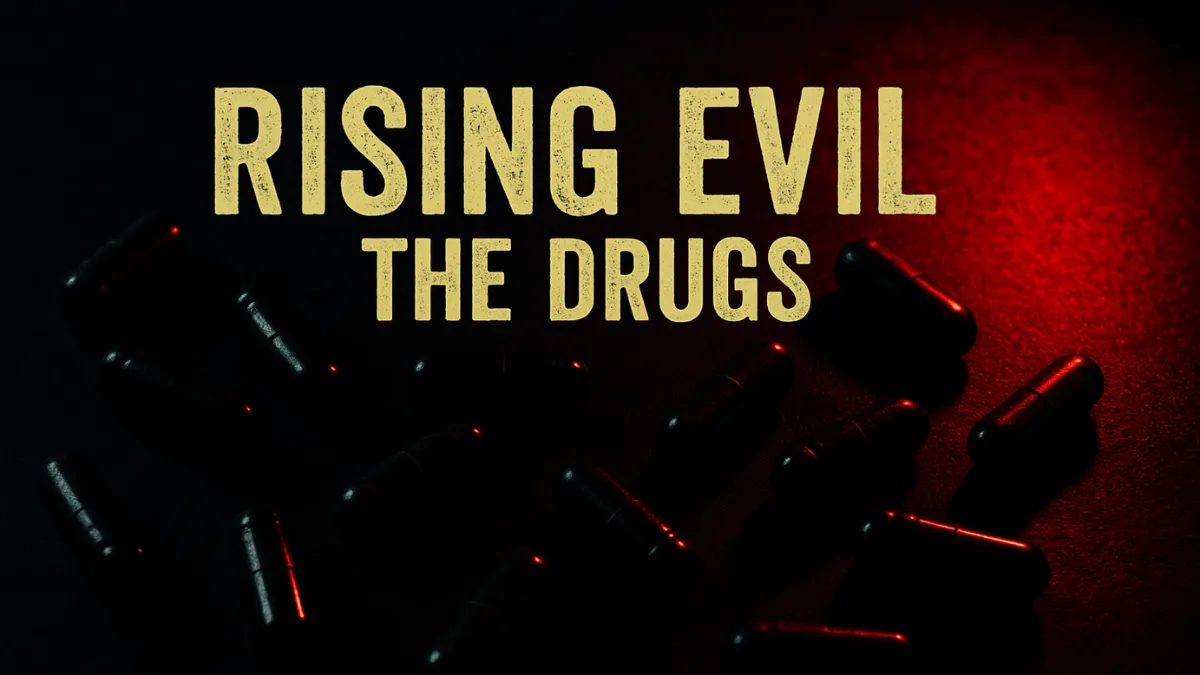Last Updated on August 14, 2025 by Nyayik Vigyan
Crime shows have sparked widespread fascination with criminal investigations, leading many to explore careers in criminology and forensic science. While these fields often work hand-in-hand within the criminal justice system, they serve distinctly different purposes and require unique skill sets.
Both criminology and forensic science play crucial roles in understanding, preventing, and solving crimes. However, the path to becoming a criminologist differs significantly from that of a forensic scientist. One focuses on the social and psychological aspects of criminal behavior, while the other applies scientific methods to analyze physical evidence.
This comprehensive guide will clarify the differences between criminology vs forensic science, explore their overlapping areas, and help you determine which field aligns with your career interests. Whether you’re drawn to understanding criminal minds or analyzing evidence in a laboratory, understanding these distinctions will guide your educational and professional decisions.
What is Criminology?
Criminology is the scientific study of crime as a social phenomenon. This field examines criminal behavior through various lenses, including sociology, psychology, anthropology, and law. Criminologists seek to understand why crimes occur, who commits them, and how society can prevent criminal activity.

The scope of criminology extends far beyond individual criminal acts. Researchers in this field analyze crime patterns, study the effectiveness of criminal justice policies, and investigate the social conditions that contribute to criminal behavior. They examine factors such as poverty, education, family structure, and community dynamics to understand their relationship with crime rates.
Key areas within criminology include the study of criminal behavior patterns, victimology, juvenile delinquency, white-collar crime, and organized crime. Criminologists also focus on the broader impact of crime on communities and society as a whole. They investigate how fear of crime affects daily life and examine the effectiveness of various crime prevention strategies.
The role of criminologists extends into policy-making and crime prevention initiatives. Their research informs law enforcement strategies, judicial policies, and rehabilitation programs. Many criminologists work with government agencies, non-profit organizations, and academic institutions to develop evidence-based approaches to reducing crime and improving public safety.
What is Forensic Science?
Forensic science applies scientific methods and techniques to legal matters, particularly criminal investigations. This field bridges the gap between science and law by providing objective, scientific analysis of physical evidence collected from crime scenes.
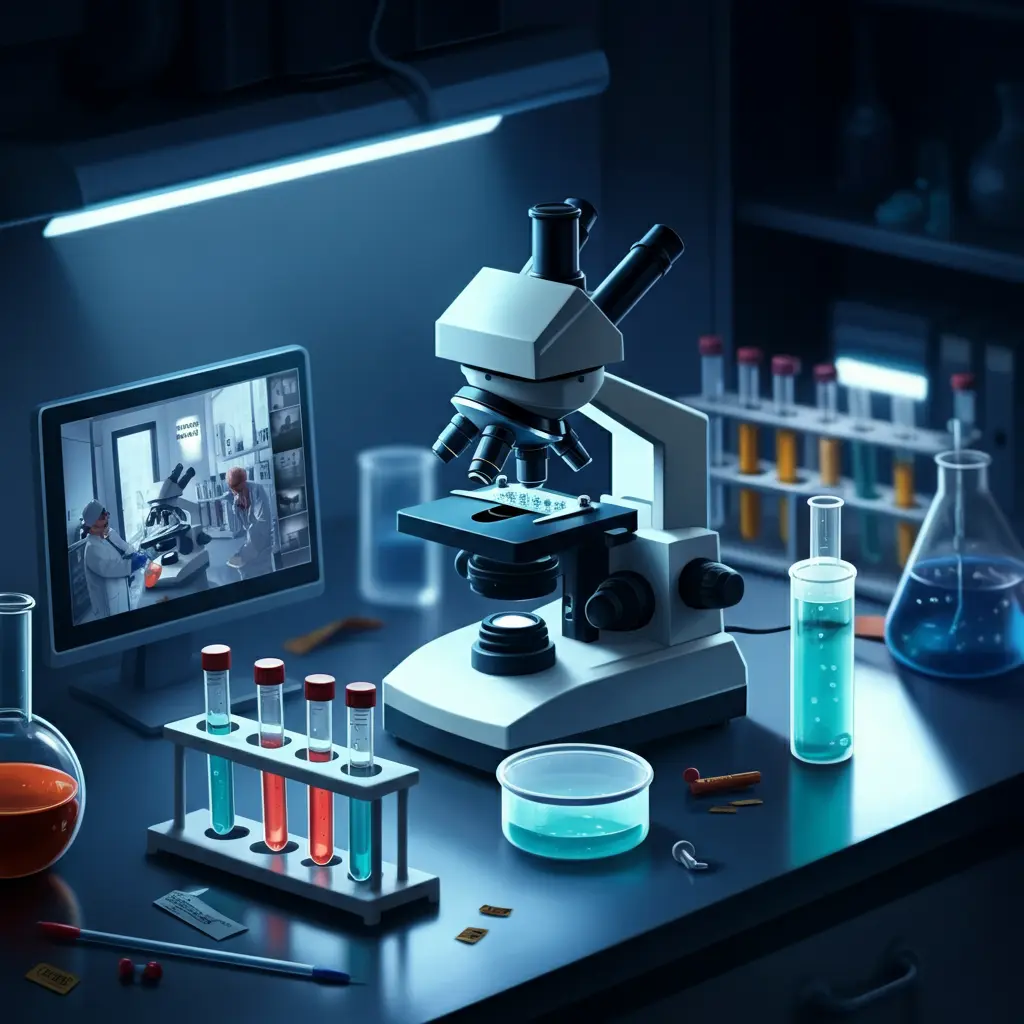
Forensic scientists work with various types of evidence, including biological samples, chemical substances, digital data, and physical objects. Their primary responsibility is to analyze this evidence using established scientific protocols and present their findings in court proceedings. The accuracy and reliability of their work can significantly impact the outcome of criminal cases.
Key disciplines within forensic science include DNA analysis, which helps identify suspects and victims through genetic material; toxicology, which examines the presence of drugs, poisons, or other substances in biological samples; ballistics, which analyzes firearms and ammunition; and digital forensics, which recovers and examines electronic evidence from computers, smartphones, and other digital devices.
Other specialized areas include forensic pathology, which determines causes of death; forensic anthropology, which analyzes human remains; trace evidence analysis, which examines fibers, paint, glass, and other microscopic materials; and forensic document examination, which analyzes handwriting, ink, and paper.
The role of forensic scientists in evidence collection and analysis is critical to the criminal justice system. They must maintain strict chain of custody procedures, document their findings meticulously, and often testify as expert witnesses in court. Their work requires not only technical expertise but also the ability to communicate complex scientific concepts to judges and juries.
You Might Also Like:
Forensic Science & Criminology
Criminology vs Forensic Science: Key Differences
The primary distinction between criminology and forensic science lies in their fundamental focus and approach. Criminology seeks to understand crime as a social phenomenon, while forensic science focuses on analyzing physical evidence to support legal proceedings.
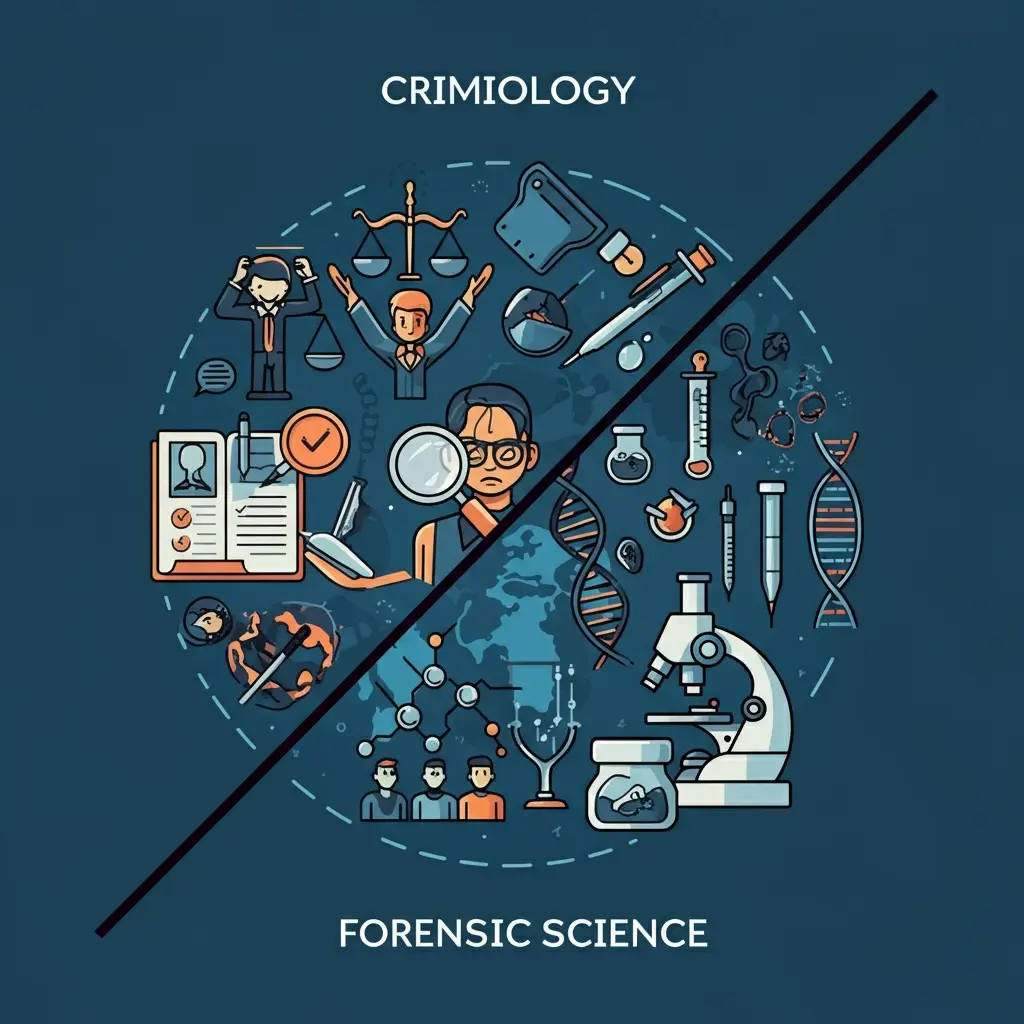
Methodology represents another significant difference between these fields. Criminology employs social science research methods, including surveys, interviews, statistical analysis, and observational studies. Researchers may spend months or years collecting data about crime patterns, conducting community studies, or evaluating the effectiveness of intervention programs.
Forensic science, conversely, relies on established scientific techniques and laboratory procedures. Forensic scientists work with specialized equipment to analyze DNA samples, examine fingerprints, or test chemical compounds. Their work follows strict protocols to ensure accuracy and reliability in legal contexts.
The objectives of each field also differ substantially. Criminology aims to prevent crime through understanding its root causes and developing effective policies and interventions. Criminologists work toward long-term societal changes that reduce criminal behavior and improve community safety.
Forensic science focuses on providing accurate, objective evidence for specific legal cases. The immediate goal is to help solve individual crimes by analyzing physical evidence and presenting findings that can withstand legal scrutiny.
Career paths in these fields reflect these different focuses. Criminologists often work as researchers, policy analysts, crime prevention specialists, or consultants for government agencies and non-profit organizations. They may also pursue academic careers, teaching and conducting research at universities.
Forensic scientists typically work in laboratories, crime scene units, medical examiner offices, or private consulting firms. Their roles include crime scene technicians, laboratory analysts, forensic pathologists, and expert witnesses.
Criminology vs Forensic Science: Overlaps and Synergies
Despite their differences, criminology and forensic science share important connections within the criminal justice system. Both fields ultimately serve the pursuit of justice, though through different approaches and methodologies.
Interdisciplinary collaboration between criminologists and forensic scientists occurs regularly in complex cases. For example, criminologists might provide insights into criminal behavior patterns that help forensic scientists understand what evidence to look for or how crimes might have been committed.
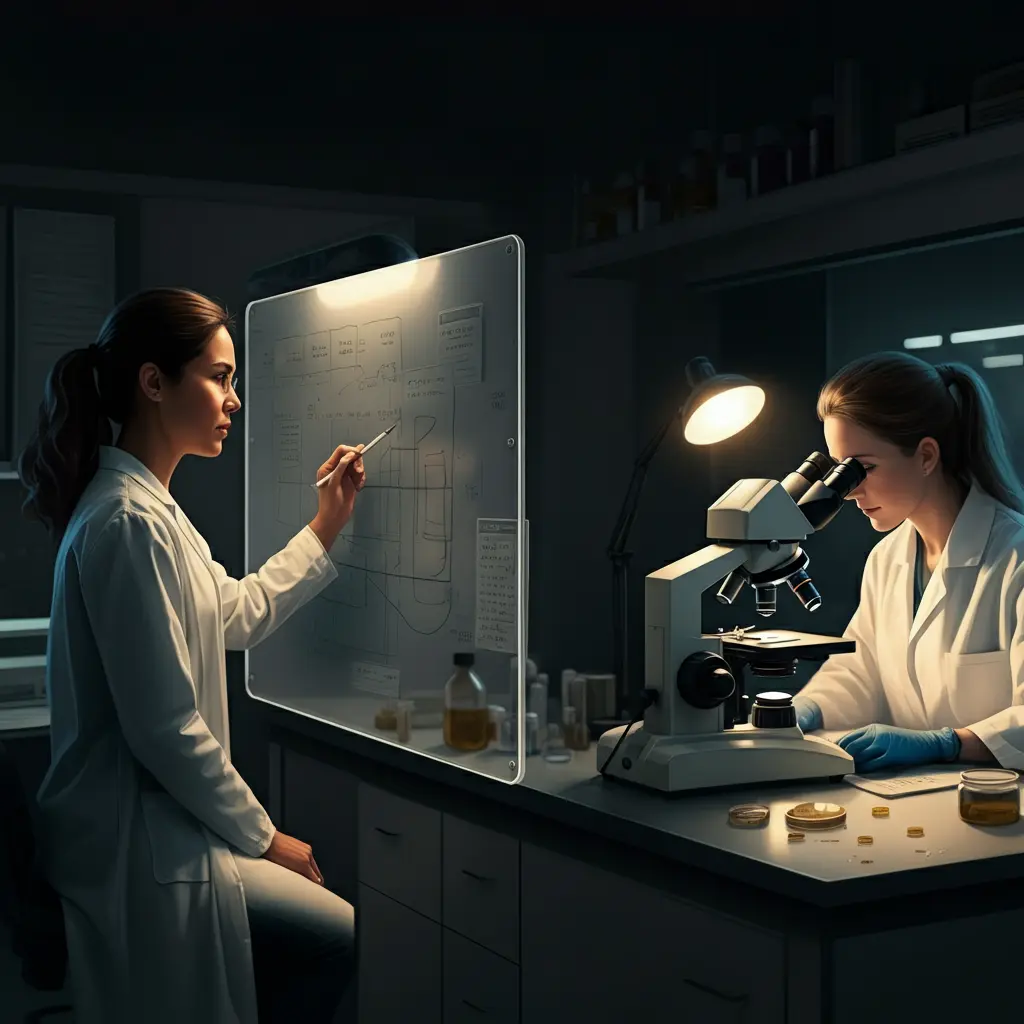
Both fields share the fundamental goal of understanding and addressing crime, albeit from different perspectives. Criminologists work to prevent future crimes through social interventions, while forensic scientists help solve current cases through evidence analysis.
Criminological research often informs forensic practices. Understanding criminal behavior patterns helps forensic scientists develop more effective evidence collection and analysis techniques. For instance, research on serial offenders has led to improved methods for linking crimes through physical evidence.
Conversely, forensic science findings contribute to criminological understanding. DNA databases and forensic evidence analysis provide criminologists with data about crime patterns, repeat offenders, and the effectiveness of various investigative techniques.
You Might Also Like:
Exploring the Intersection of Criminology and Forensic Science
Career Paths and Education
Educational requirements for criminology typically begin with a bachelor’s degree in criminology, criminal justice, sociology, or psychology. Many positions require master’s degrees, particularly for research and policy roles. Doctoral degrees are usually necessary for academic positions and advanced research roles.
Specializations within criminology include juvenile justice, victimology, corrections, law enforcement, and criminal justice policy. Students often choose concentrations based on their career interests, whether in direct service, research, or policy development.
Forensic science education requires a strong foundation in natural sciences. Most forensic scientists hold bachelor’s degrees in chemistry, biology, physics, or forensic science. Many positions require specialized training and certifications in specific forensic disciplines.
Advanced degrees in forensic science are increasingly common, particularly for supervisory and specialized roles. Professional certifications from organizations like the American Board of Criminalistics or the International Association for Identification enhance career prospects and demonstrate expertise.
Job opportunities in criminology span government agencies, academic institutions, non-profit organizations, and private consulting firms. Criminologists work as researchers, policy analysts, program evaluators, and crime prevention specialists.
Forensic science careers are found in crime laboratories, medical examiner offices, law enforcement agencies, and private companies. Positions include forensic laboratory analysts, crime scene investigators, forensic pathologists, and expert witnesses.
Salary expectations vary widely based on education, experience, and location. Entry-level criminologists typically earn between $40,000-$55,000 annually, while experienced professionals can earn $80,000 or more. Forensic scientists often start at similar salaries, with specialized roles and senior positions commanding higher compensation.
Real-World Applications and Case Studies
Criminological research has led to numerous successful crime prevention programs. Community policing initiatives, based on criminological understanding of the relationship between police-community relations and crime rates, have reduced crime in many urban areas. Hot spot policing, which focuses resources on high-crime areas identified through criminological analysis, has proven effective in reducing both violent and property crimes.
Drug courts represent another successful application of criminological principles. These specialized courts, informed by research on addiction and criminal behavior, focus on treatment rather than punishment for drug-related offenses. Studies show significantly lower recidivism rates among participants compared to traditional criminal processing.
Forensic science has solved countless cases through evidence analysis. The Golden State Killer case, resolved in 2018 through genetic genealogy, demonstrates how advancing forensic techniques can solve decades-old cases. DNA evidence collected from crime scenes was compared against genealogical databases, leading to the identification and arrest of Joseph James DeAngelo.
The 1993 World Trade Center bombing case showcased forensic science’s role in terrorism investigations. Forensic scientists analyzed bomb fragments, chemical residues, and vehicle components to identify the perpetrators and reconstruct the attack. This evidence was crucial in securing convictions.
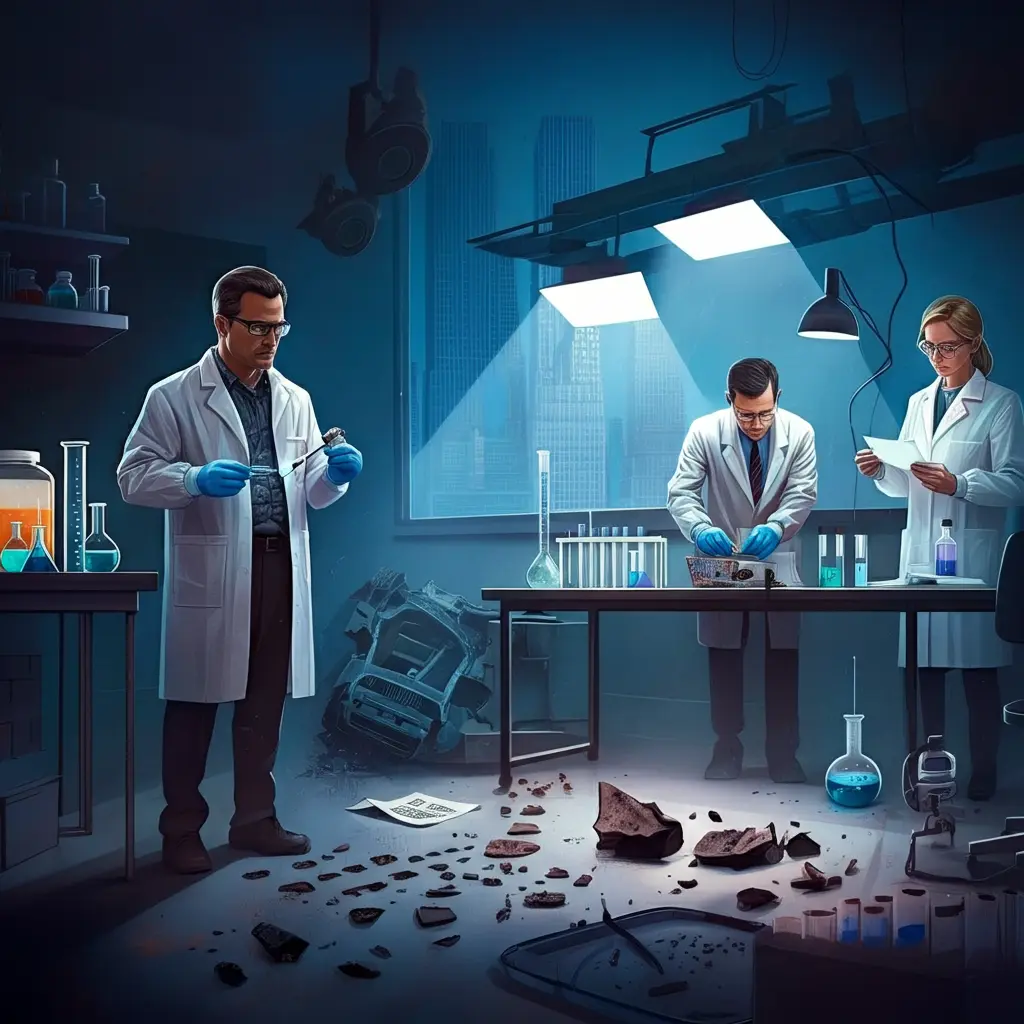
Collaboration between criminologists and forensic scientists often occurs in high-profile cases requiring both behavioral analysis and physical evidence examination. The Unabomber investigation combined criminological profiling with forensic analysis of bomb components and linguistic analysis of the manifesto to identify Theodore Kaczynski.
You Might Also Like:
Forensic Science Kit: Your Gateway to Crime Scene Investigation 2025
Future Trends and Developments
Criminology is evolving with technological advances and changing social conditions. Data-driven policing uses advanced analytics and machine learning to predict crime patterns and allocate resources more effectively. Predictive policing algorithms analyze historical crime data to identify high-risk areas and times.

Cybercrime research represents a growing area within criminology as digital crimes increase. Researchers study online criminal behavior, digital fraud patterns, and the effectiveness of cybersecurity measures. This research informs policy decisions about internet regulation and digital crime prevention.
Environmental criminology examines the relationship between physical environments and crime occurrence. This field uses geographic information systems and spatial analysis to understand how urban design, lighting, and other environmental factors influence criminal activity.
Forensic science continues advancing through technological innovation. DNA phenotyping allows scientists to predict physical characteristics like hair color, eye color, and ancestry from DNA samples, providing leads when traditional DNA databases don’t produce matches.
Artificial intelligence is revolutionizing forensic analysis through automated fingerprint comparison, facial recognition systems, and pattern recognition in various types of evidence. Machine learning algorithms can analyze vast amounts of data more quickly and accurately than human analysts.
Digital forensics is expanding as electronic devices become more prevalent in criminal cases. Forensic scientists are developing new techniques to extract evidence from smartphones, cloud storage, cryptocurrencies, and Internet of Things devices.
Making an Informed Career Choice
Understanding the differences between criminology vs forensic science helps prospective students make informed educational and career decisions. Both fields offer rewarding opportunities to contribute to the criminal justice system and public safety.
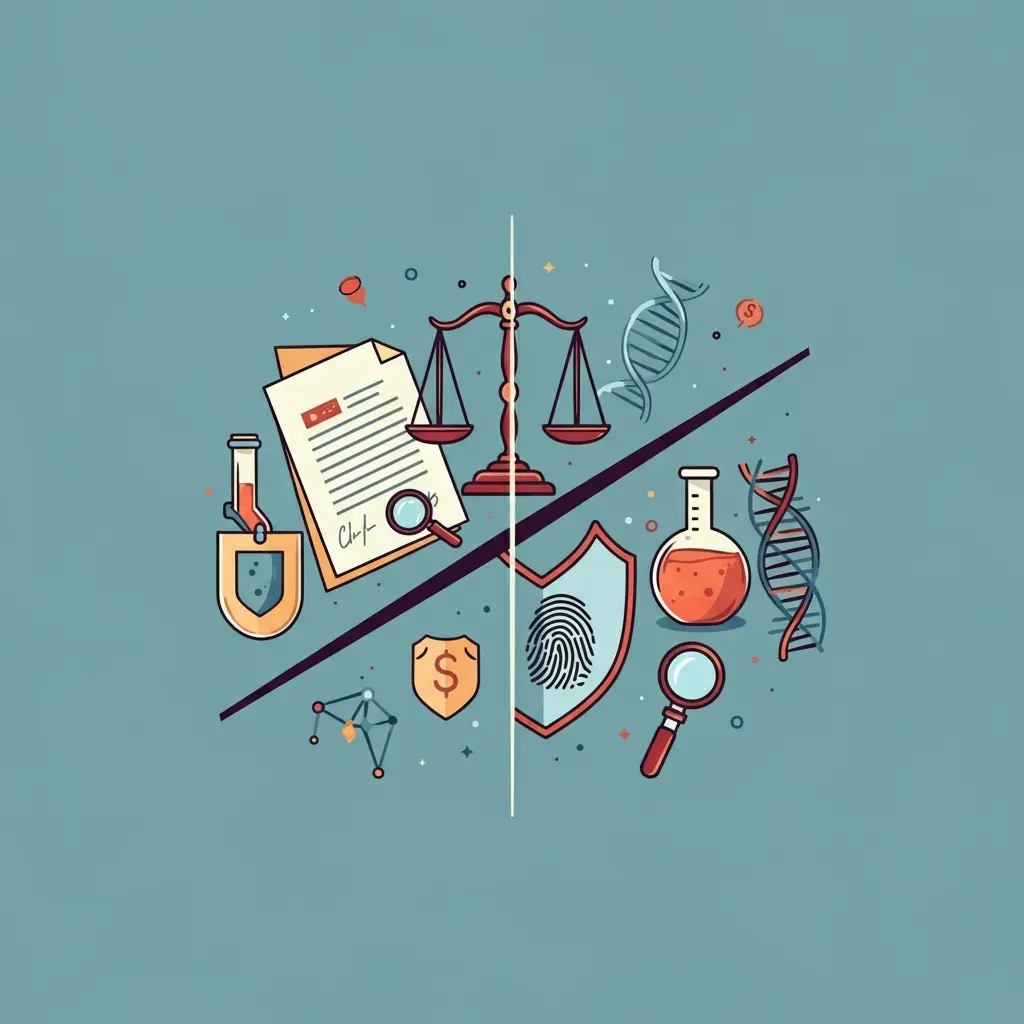
Criminology appeals to those interested in understanding the social aspects of crime and developing prevention strategies. This field suits individuals who enjoy research, data analysis, policy development, and working with communities to address crime-related issues.
Forensic science attracts those fascinated by scientific analysis and laboratory work. This field is ideal for detail-oriented individuals who enjoy working with technology, conducting precise measurements, and applying scientific methods to legal questions.
Both criminology and forensic science will continue evolving as technology advances and society changes. New challenges like cybercrime, terrorism, and transnational crime require innovative approaches from both fields. The integration of artificial intelligence, big data analytics, and advanced scientific techniques will create new opportunities and specializations.
Whether you choose criminology or forensic science, both paths offer the opportunity to make meaningful contributions to justice and public safety. The key is understanding your interests, strengths, and career goals to select the field that best aligns with your aspirations.


